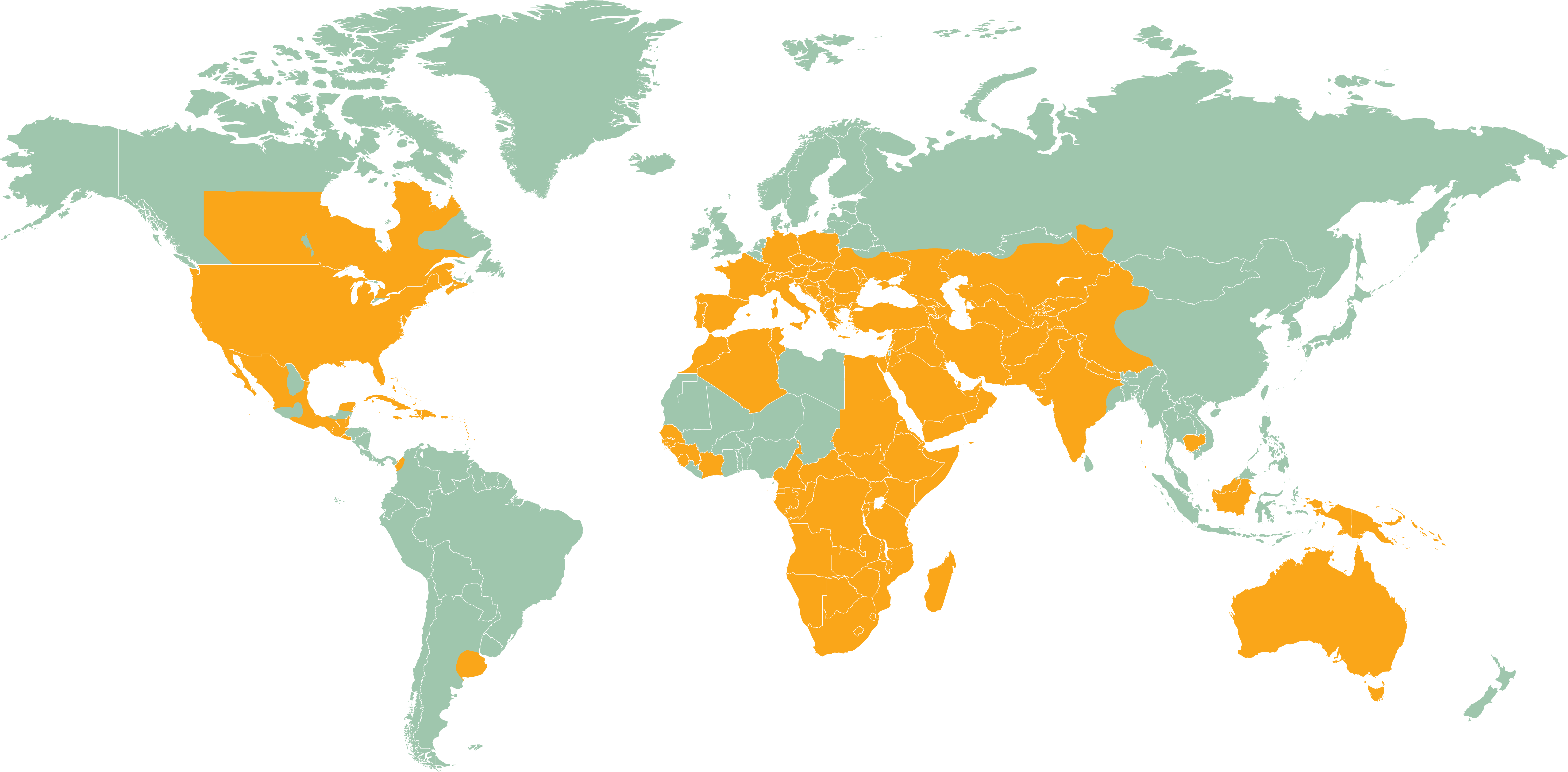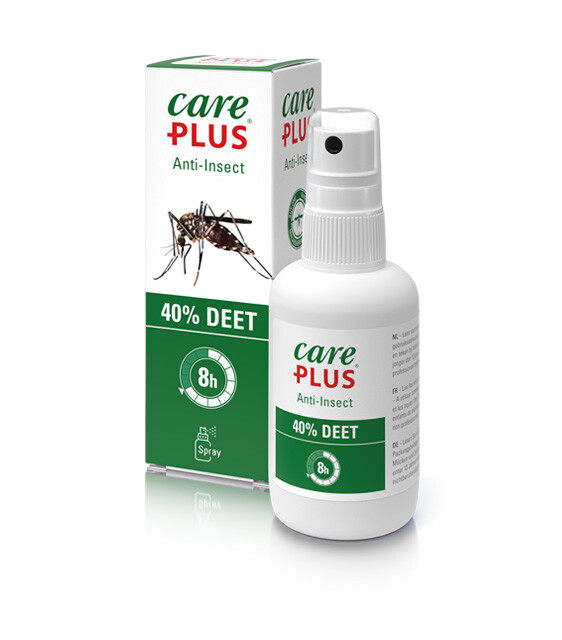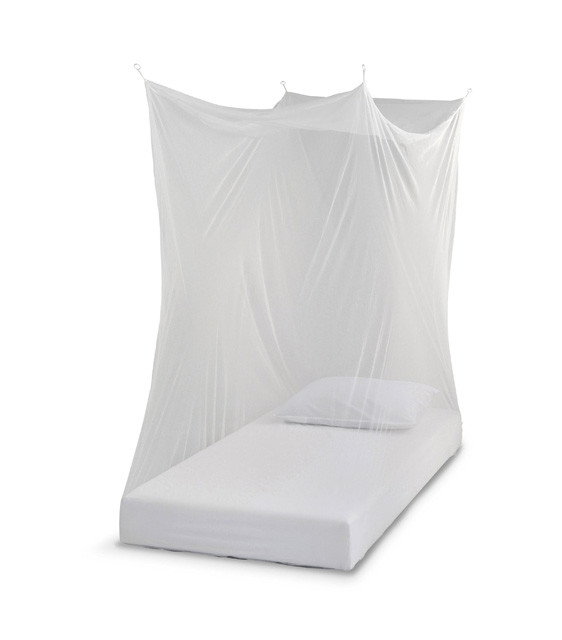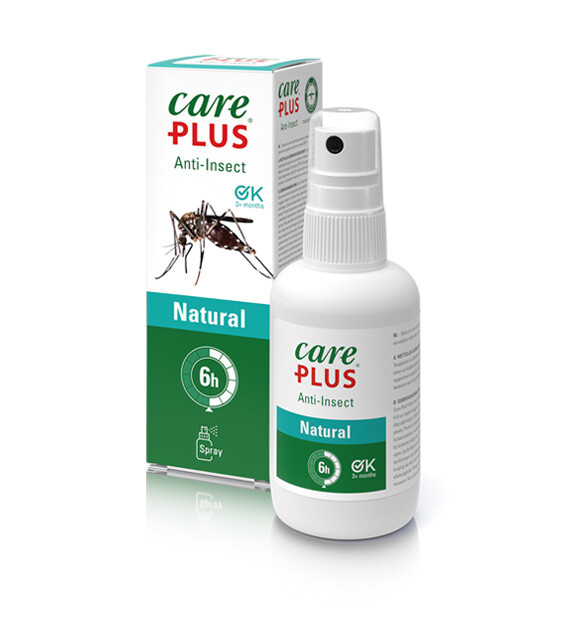West Nile virus
West Nile virus is a virus transmitted by mosquitoes, which causes casualties among birds, but can also affect mammals, such as humans and horses. The disease is transmitted by infected mosquitoes, including the West European house mosquito and tiger mosquito.

Symptoms of West Nile virus
In approximately 80% of humans affected by the virus, there are no symptoms. In other cases, flu-like symptoms develop, such as fever, headache, muscle ache, skin rash and enlarged lymph nodes. In a very small percentage of less than 1%, very severe implications occur, particularly meningitis and encephalitis. People over 50 have a higher risk of these severe symptoms. The symptoms develop between 3 to 14 days after infection. Unfortunately, there is no effective treatment.
Symptoms that may occur are:
- Fever
- Non-purulent infection of the eye
- Headache
- Muscle ache
- Skin rash
- Enlarged lymph nodes



Infection and prevention of West Nile virus
West Nile virus predominantly occurs in mediteranean regions, southern and eastern Europe, western Asia, North America and South Africa. However, the virus is spreading further across the globe. In recent years, there have been frequent outbreaks of west Nile virus.
It is important to take mosquito-repellent measures during the day and in the early evening in areas where West Nile virus occurs.
- Wear protective clothing (long sleeves, long trousers).
- Apply Anti-Insect with DEET or Citriodiol to exposed skin.
- Install insect screens on window and door frames.
- Always sleep under an (impregnated) mosquito net or in a mosquito-free space.
Travellers are a risk group for contracting the West Nile virus infection. We recommend consulting a travel clinic or doctor for advice before the intended journey. You can find more information about diseases while travelling on the National Coordination Centre for Travel Advice website.
